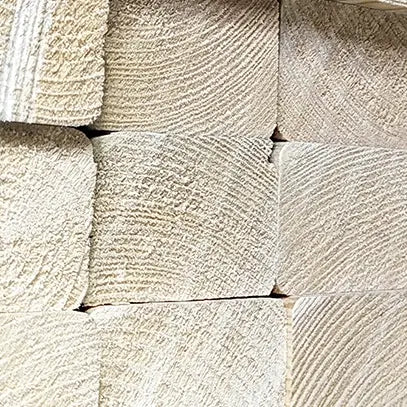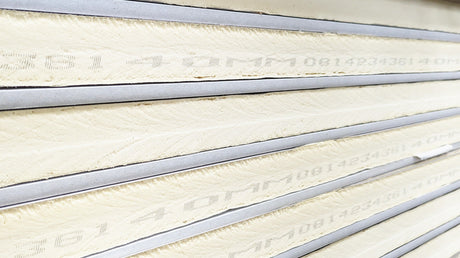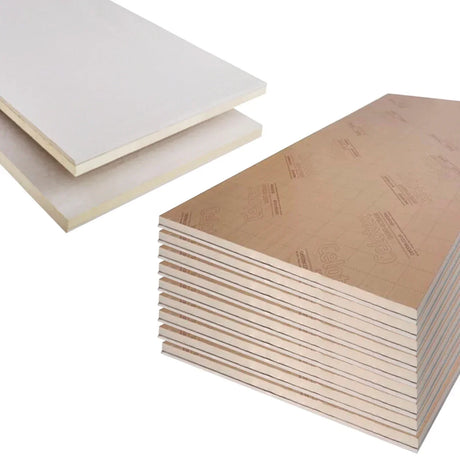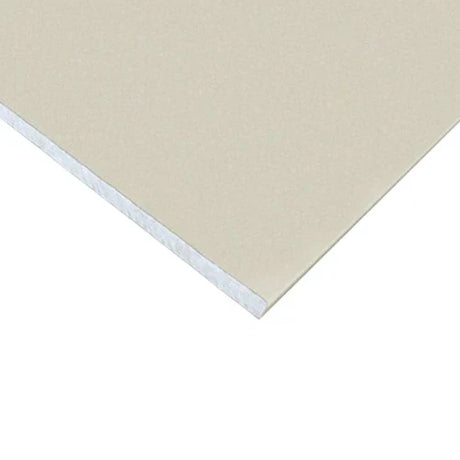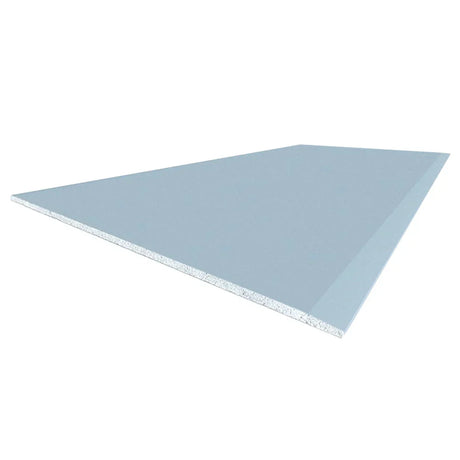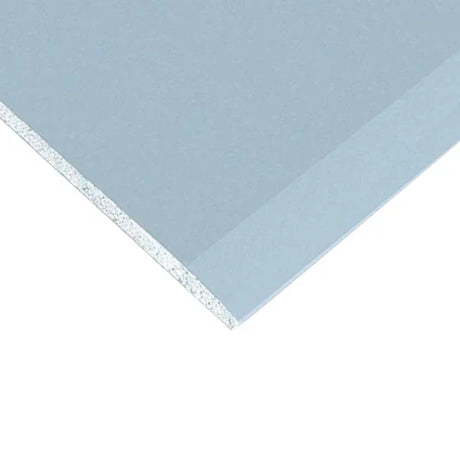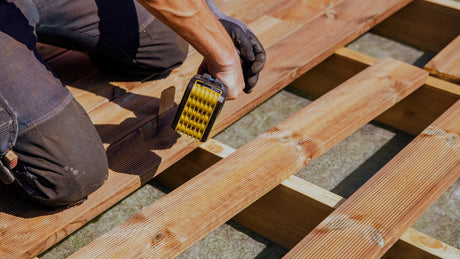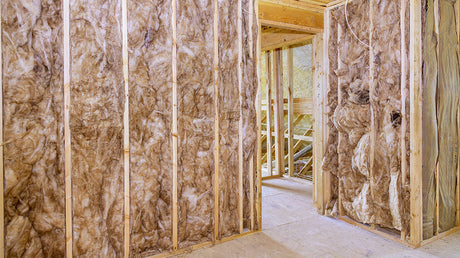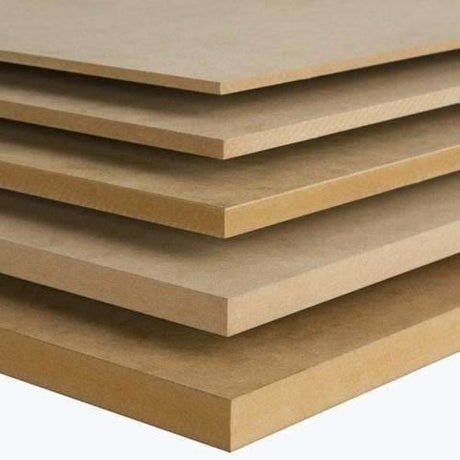Selecting appropriate timber is fundamental to the success of any building or DIY project. The right choice depends on multiple factors including application, exposure conditions, structural requirements, and desired aesthetic finish. At DIY Building Supplies, we source our timber from sustainable UK suppliers and rigorously inspect for quality to ensure you receive materials that perform as expected.
Understanding Timber Grades and Classifications
In the UK, softwood timber is typically graded according to BS EN 1611-1, with grades from G2 to G4 indicating visual quality, or strength graded to C16 or C24 standards for structural applications. For most construction projects, C16 provides sufficient strength, while C24 is specified where higher structural performance is required.
Hardwoods follow different grading systems, often specific to individual species. When selecting hardwood, consideration should be given to both appearance grades and durability classifications, which range from Class 1 (very durable) to Class 5 (non-durable).
For external applications, understanding the natural durability of timber or the effectiveness of any preservative treatment becomes particularly important. Treated softwoods from UK suppliers like BSW Timber offer an excellent balance of performance and value, with clear classification of use classes from UC1 (interior, dry) to UC4 (exterior, ground contact).
Selecting Timber for Specific Applications
Structural Applications: For load-bearing elements such as floor joists, roof rafters, or structural beams, correctly specified strength-graded timber is essential. C16 grade timber is suitable for most domestic applications, while C24 may be specified for longer spans or higher loads.
Engineered wood products like James Jones & Sons JJI-Joists or Kerto laminated veneer lumber (LVL) offer enhanced performance for specific structural applications, providing greater strength and dimensional stability than traditional sawn timber.
External Timber Selection: For decking, fencing, or external cladding, durability is paramount. Naturally durable hardwoods like European oak (durability class 2) provide excellent longevity but at a higher cost. Pressure-treated softwoods offer a more economical alternative, with expected service lives of 15-30 years when correctly detailed and maintained.
Modified timbers like Accoya (acetylated radiata pine) represent an innovative middle ground, offering hardwood-like durability and dimensional stability with improved environmental credentials compared to some tropical hardwoods.
Interior Joinery and Finishing: For interior applications where appearance is critical, higher grade timbers with fewer knots and more consistent grain patterns are preferred. European oak, tulipwood, and American black walnut remain popular choices for furniture and visible joinery, offering attractive grain patterns and good working properties.
For painted finishes, knotless grades of redwood or whitewood provide a stable substrate, while MDF offers an economical alternative for non-structural elements requiring a smooth, uniform surface.
Sustainability Considerations
The environmental impact of timber selection has become increasingly important. All timber supplied by DIY Building Supplies comes from sources certified under schemes like FSC or PEFC, ensuring responsible forest management practices.
UK-grown timber from suppliers like BSW or James Latham offers reduced transportation carbon footprint, while engineered wood products often make more efficient use of timber resources through reduced waste and utilisation of faster-growing species.
Moisture Content and Conditioning
Understanding the importance of timber moisture content can prevent many common issues in woodworking and construction projects. For internal joinery, timber should ideally equilibrate to 8-10% moisture content before installation, while external applications typically work with timber at 12-16% moisture content.
Proper acclimatisation of timber before installation is essential, particularly for applications like solid wood flooring or fine joinery. Allow timber to adjust to the environment where it will be installed for at least 48-72 hours before working, longer for thicker sections or more sensitive applications.

